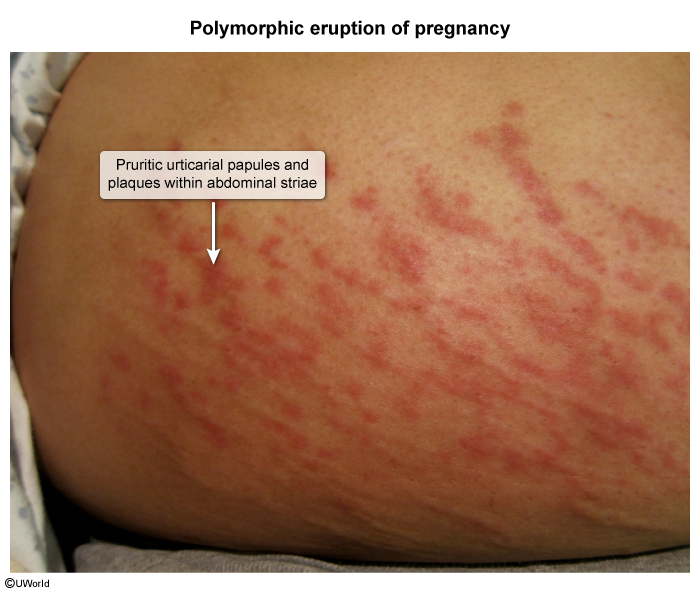Intrahepatic Cholestasis Of Pregnancy
Article Sections
Introduction
Intrahepatic cholestasis of pregnancy (ICP) presents in the late second or third trimester with pruritus and elevated serum total bile acid concentrations due to impaired bile flow. Because of transplacental transfer, bile acid levels can accumulate in the fetus and amniotic fluid. This leads to fetal complications, including increased risk for intrauterine fetal demise, iatrogenic preterm delivery, meconium-stained amniotic fluid, and neonatal respiratory distress syndrome.
Pathophysiology and risk factors
The exact cause of ICP is unclear, but several factors may play a role. These include genetic predisposition (increased risk with ICP in prior pregnancy or family history), hormonal factors (elevated estrogen and progesterone levels may cause hepatobiliary tract stasis and decreased bile excretion), and environmental factors (incidence varies with seasons [higher in winter]). Patients with preexisting liver conditions (eg, chronic hepatitis C) may also be at increased risk.
Continue Learning with UWorld
Get the full Intrahepatic Cholestasis Of Pregnancy article plus rich visuals, real-world cases, and in-depth insights from medical experts, all available through the UWorld Medical Library.
Images
